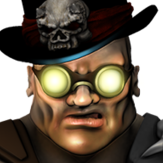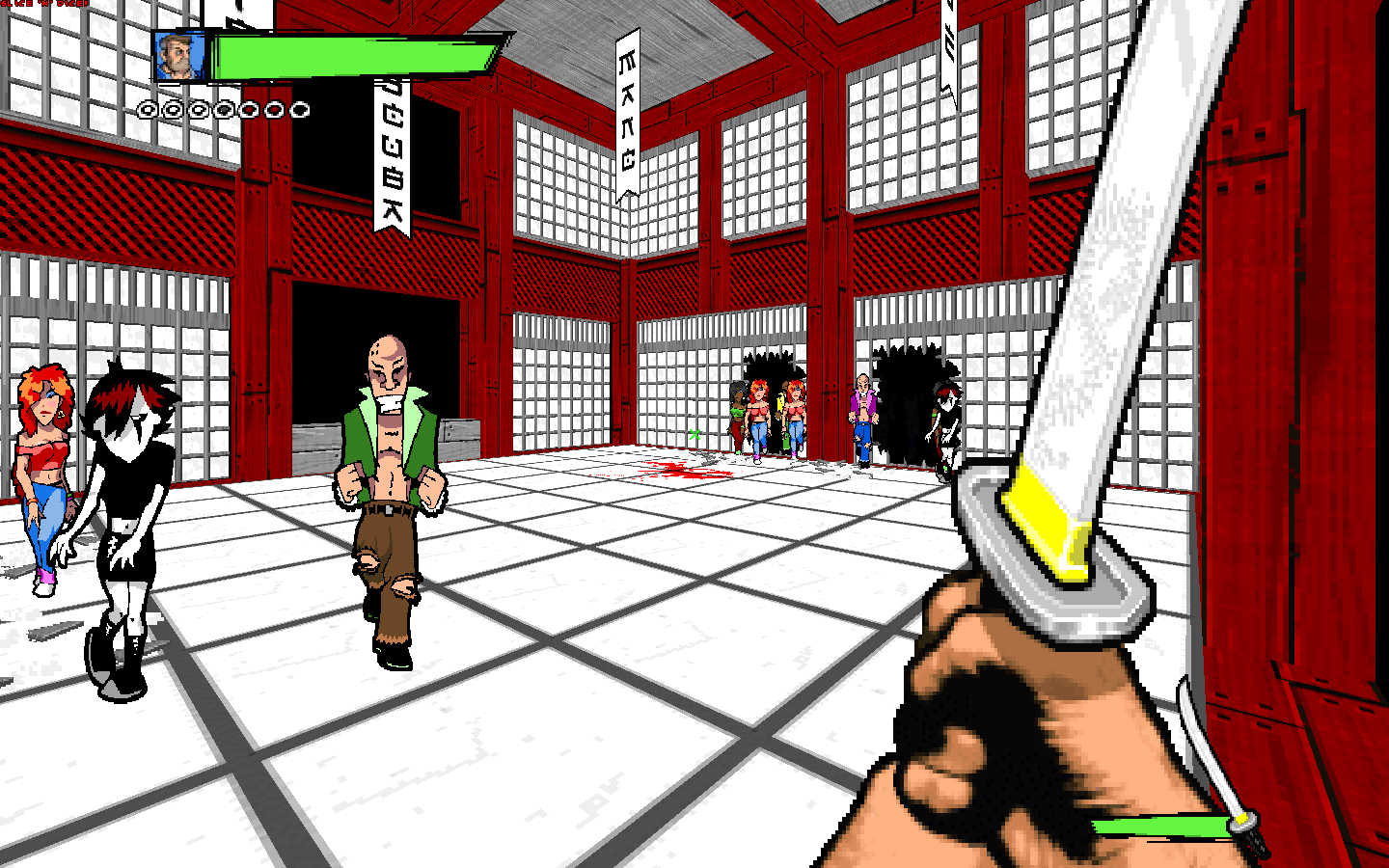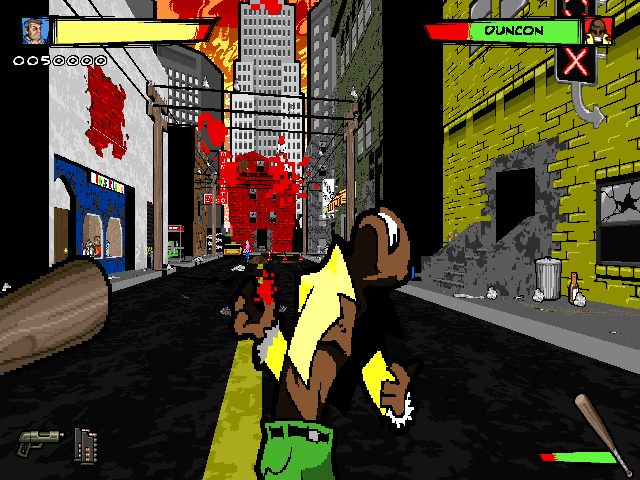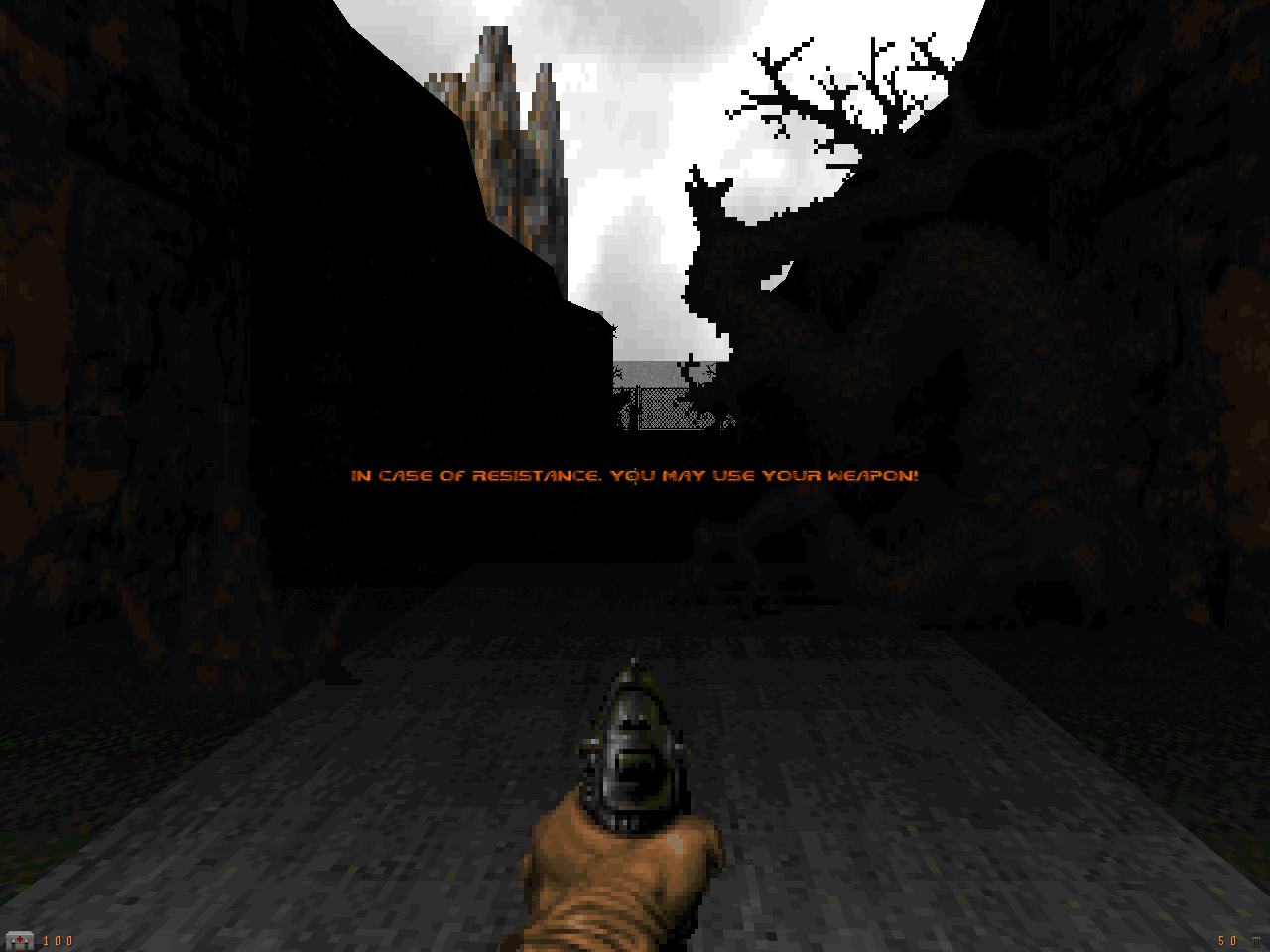PC Perspective posted an interesting and extensive interview with John Carmack detailing his opinions on what will matter for future 3d engines, as well as a bit of information on what he hopes to achieve in the future.
We're working on our RAGE project and the id Tech 5 code base but I've been talking to all the relevant people about what we think might be going on and what our goals are for an id Tech 6 generation. Which may very well involve, I’m certainly hoping it involves, ray tracing in the "sparse voxel octree" because at least I think I can show a real win.
There's even a screenshot of Doom in there to boot.






Recommended Comments
Join the conversation
You can post now and register later. If you have an account, sign in now to post with your account.